Is healing your body through diet possible? Is focusing on type of foods you eat is enough, or you need to focus on quality and on your long term pattern of eating as well? Are there natural anti-inflammatory foods that you can eat to heal your body naturally at cellular level?
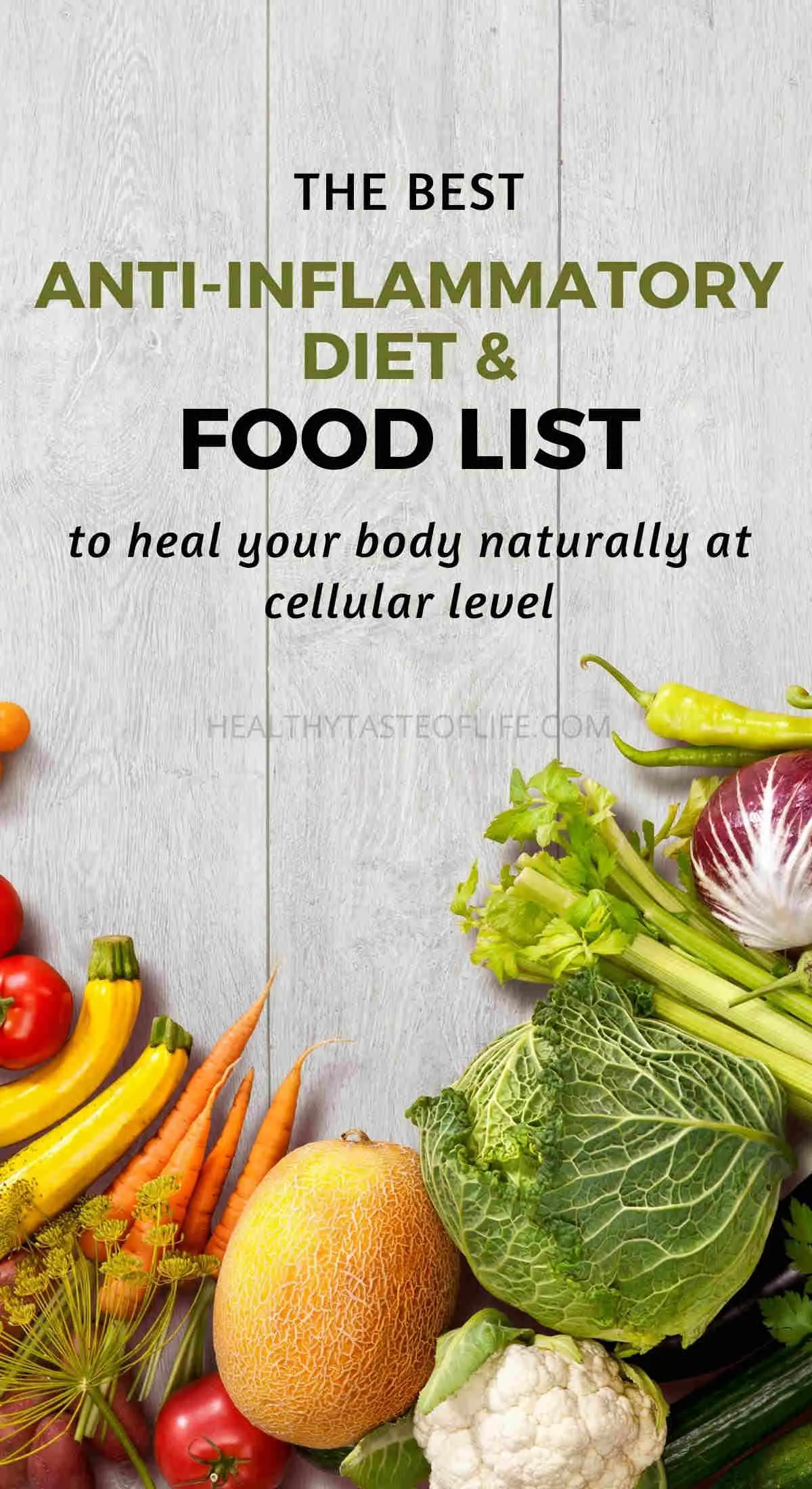
In this article we’ll explore some anti-inflammatory food choices that can help reduce chronic inflammation and improve our immune system, what healing on cellular level means and the benefits of certain foods for healing. We’ll also cover some tips that will help you to choose the best anti-inflammatory foods with a printable pdf list!
Related: Choosing The Healthiest Cookware With Safest Materials
The Quality Of Food Matters When Choosing Anti-inflammatory Foods
We all know that there is a link between intestinal ecosystem equilibrium and many diseases, including autoimmune disorders. And our long term dietary patterns can affect inflammatory responses in the gut and it’s microbial environment.
However when it comes to choosing foods for healing, the main aspect that people focus on, is the food groups, swinging from one extreme diet (plant based) to another (keto or paleo) and even counting calories.
What is most often overlooked or ignored, is the origin, or quality of that food, and how well the body tolerates it. Everyone is different: “one man’s medicine is another man’s poison”.
When switching to anti-inflammatory foods with the purpose to adopt a diet for gut healing, the primary aim should be high-quality real foods not their substitutes. Sometimes certain food that is considered healthy can contain high levels of arsenic, herbicides, pesticides, nitrates /nitrites, sulfites and other man-made chemicals, plus GMO ingredients – that can hijack the gut healing process and create even more inflammation.
Related: Anti-inflammatory Juice Recipe for Whole Body Health
What is Quality Food?
The quality of food depends on nutrient density, the level of microbial and toxic contaminants, method of processing (preservatives, artificial flavors and colors or excessively refined) as well as it’s effect on the body.
Quality food means – nutritionally dense, minimally processed foods grown in an ecological environment without using toxic substances like pesticides, herbicides, hormones, antibiotics and genetically engineered practices.
Most people with chronic inflammation are actually reacting to “what’s been done” to the food rather than the food itself. After you switch to a clean, organic, unprocessed source of food, only then you can rule out a true inflammatory food. Using foods for healing should be the first step if you want to heal your body naturally.
Related: The Secret of Good Digestion – Food Combining Chart
Identify Misleading Anti-inflammatory Food Claims
Usually people are seeing themselves as eating healthier than they really are. And this is mainly due to the conflicting or inconsistent formation about what eating habits (or diet) are healthy and what aren’t.
There is also conflicting information between dietitians, researchers and health care professionals, which some people consider most trusted sources for guidance. So it’s really hard to find the right foods that heal and to know what an actual balanced diet really looks like.
Confusion is a good business. Through advertising and marketing, food and beverage companies convince us to buy their products or follow a specific dietary pattern. They also pay for many nutrition studies and the research results are usually favorable to sponsor’s interest.
Their foods are processed in ways specifically designed to get us to buy and eat more by adding more sweetness, fat, salt or flavors. These tastes are difficult to find in nature but cheap and easy for the food scientist to use, with the purpose to induce us to consume much more than is needed.
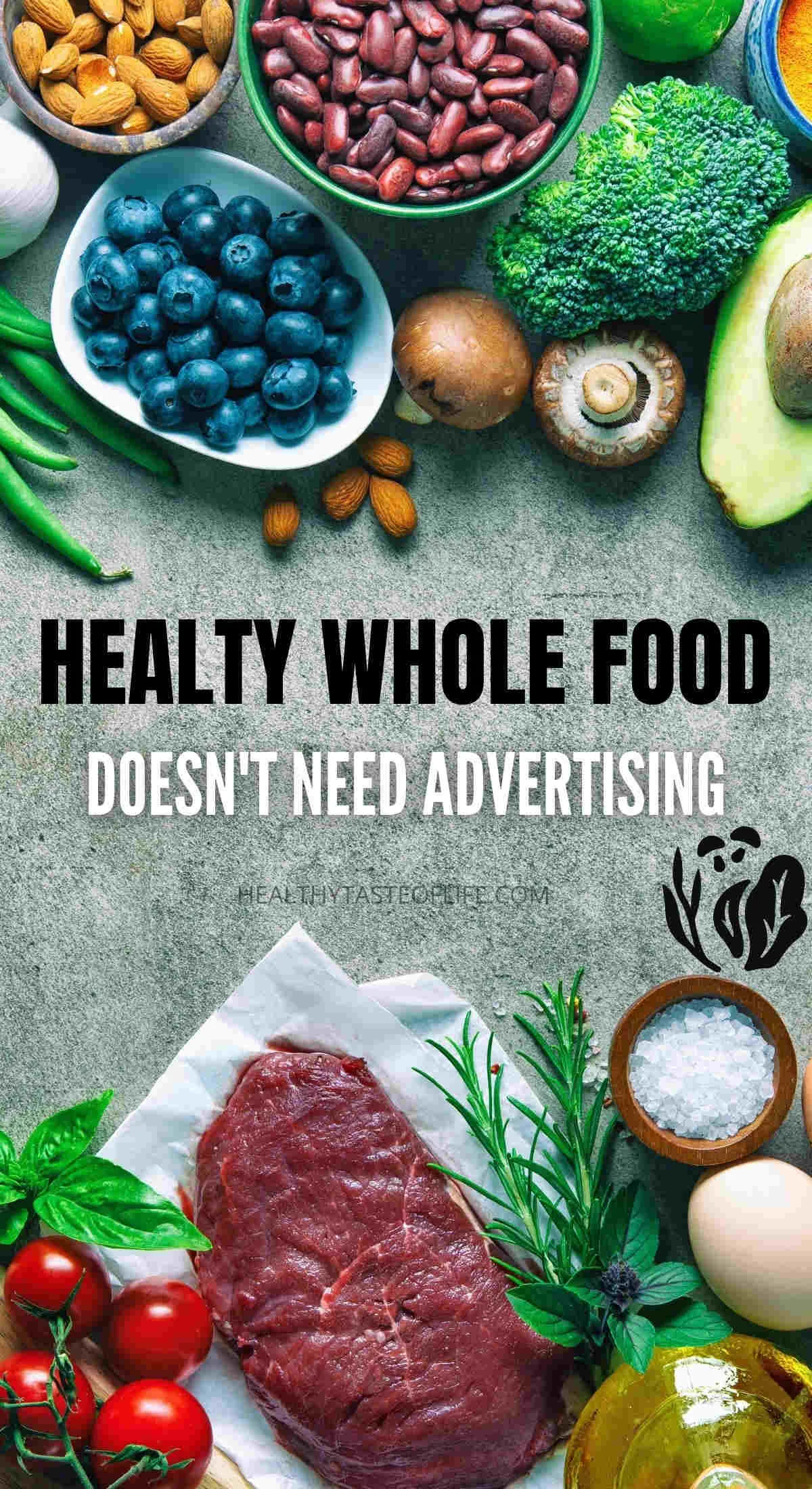
If you pursue to heal your body naturally and use the foods for healing then you should avoid advertised boxed foods.
Related: How To Choose Clean Supplements: Quality Check Tips
Only the biggest food producers can afford to advertise their products. You will never see a carrot or an apple advertised, only their heavily processed counterparts. And this is because healthy food doesn’t need promotion to be sold.
Realistically speaking, better food – in terms of taste or nutritional quality (which often correspond) – costs more, because it has been grown or raised less intensively, with more care and in lower quantities.
If you spend more for better food, you’ll probably eat less of it, and treat it with more care. And if that higher-quality food tastes better, you will need less of it to feel satisfied.
Choose quality over quantity, food experience over calories.
Why Cellular Nutrition Is Important For Healing
As nutrition can influence immune cell functions, it’s really important to have a high nutrition diet with quality foods – from real food sources and even pay attention on how we eat (amount /frequency).
The less processed is the food the better. This will help you body to stay clean as possible (in term of added chemical burden) and recover faster. It’s especially important if you are looking to heal your body naturally, to increase vitality and energy, clean your liver, heal your gut, balance hormones or loose weight.
Health begins at cellular level. Our lifestyle behaviors, eating patterns and diet quality can induce cellular changes and determine the cellular aging.
The body cells form tissues – tissues form organs – therefore if the impaired cells can no longer regenerate and adequately repair themselves, our organs start to fail resulting in inflammation, and that can even show up years later as cancer.
Providing the nutrients for the creation of new cells from your food is one way that nutrition plays an important role in sustaining your cellular and overall health. The most important nutrients for immune cell function appear to be, amino acids, fatty acids, and a full spectrum of micronutrients that occur within foods.
However just like phytonutrients (present in fresh fruits and vegetables) can act as antioxidants and help protect your cells and DNA from free radicals, there are also non-nutrient components of food like synthetic food additives (colorants, preservatives, sweeteners, agricultural chemicals) that can have negative effects on cell function, induce dysbiosis in gut microbiota and cause DNA mutations.
The long-term consumption of these inflammatory foods, which typically have poor nutrient diversity and excessive energy content, lead to deficiencies in key nutrients that likely trigger the loss of cellular nutrient/energy homeostasis.
The food you eat can be seen as a form of fertilizer for your body. It can nourish the roots (the cells) and strengthens them so that they grow into healthy plants (organs). Each bite is an act that helps cultivate new cells while replenishing the exhausted ones.
Best Diet & Anti-inflammatory Food List For Healing At Cellular Level
The best diet for healing at cellular level will depend on your body type and personal goals. Personally I tried many different forms of dieting over the years – with little and no lasting effect. I only started to notice significant improvement when I began to choose where my food comes from, or how it was grown.
Next time when you go grocery shopping make sure you stock up on superfoods and anti-inflammatory foods – nutrient rich, whole and organically grown.
If you prefer not to read the entire article, you can grab this
Quick Anti-inflammatory Food List (PDF) Below:
So let’s start with a detailed anti-inflammatory food list:
Before that here is a drink list:
1. LIQUIDS
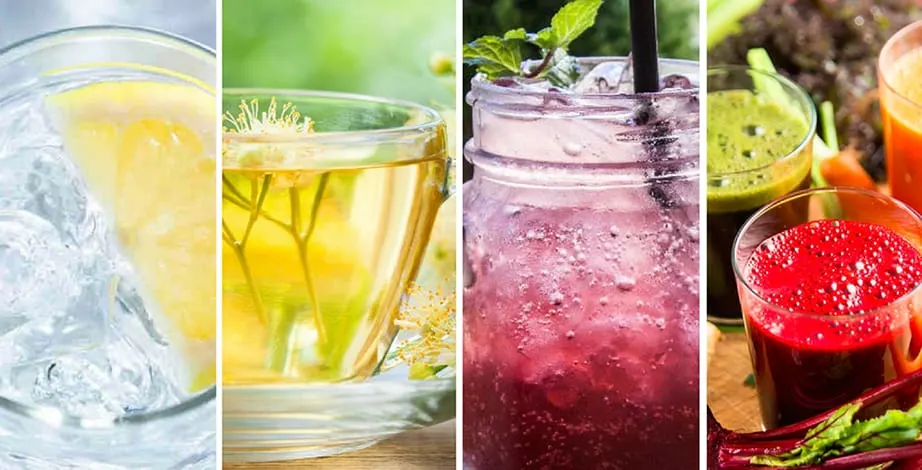
Drink liquids that will truly benefit you, not only for pleasure, like:
- Pure filtered water (at least two liters (0.5 gallon) a day) for hydration and a smooth elimination of toxins.
- Infused water (filtered water infused with herbs, fruit and vegetables, like this cucumber lemon ginger water recipe);
- Fermented liquids (water kefir, kombucha, etc.) will replenish your gut flora.
- Herbal teas with medicinal and therapeutic properties (buy organic, choose a non-GMO certified brand of tea, make sure there are no added flavors. Many non-organic tea brands have been found to contain pesticides that are known carcinogens).
- Fresh cold press juices (recipe examples):
- Anti-inflammatory green smoothies (made with 1 part low sugar fruits, 1 part green veggies, 1 part non-dairy milk).
What To Avoid
Don’t use teabags, because most of them are not made from paper as we may believe. They are actually made from nylon, polypropylene, corn based PLA plastic or a mixture of plastic and paper fibers. Look for loose tea in bulk instead.
Avoid stimulants like coffee drinks, green and black teas, energy drinks, sodas. Caffeine acts as a stimulant which taxes the detox organs (kidneys, liver and the adrenal glands) while the digestion, sleep, reproduction, tissue repair, immunity, and detoxification are put on stand-by.
If your body is already stressed with a chronic infection, a food allergy and toxicity then you might want to stay away from additional stressors.
2. VEGETABLES

Vegetables are one of the best anti-inflammatory foods, here are some tips:
- Make them at least 50% of your overall food. Vegetables may be raw or cooked, fresh, frozen, canned, or dried/dehydrated. Store bought pre-cooked vegetables may not be a good idea. Besides having additives these have fewer nutrients.
- Desirably 50% of all vegetables consumed to be green vegetables.
- If you are having issues with digesting raw vegetables, then you should cook them by baking, simmering, sautéing or lightly steaming. Fermenting will also make them more digestible.
- Consume a variety of vegetables in rotation because different vegetables provide different types and amounts of nutrients.
- If you get bloated when eating legumes, then soak or sprout the beans, lentils and peas – this will increase their nutritional value and become easier to digest. Check out the sprout book for details.
- Some people with autoimmune disorders may find that nightshades (tomatoes, eggplant, potatoes, and peppers) make their symptoms worse. If you’re not sure you’re sensitive to them, remove all from your diet for at least 30 days. After that reintroduce them one at a time.
A list of anti-inflammatory vegetables that you can choose from:
- Roots vegetables (yams, beets, parsnips, turnips, rutabagas, carrots, onions, garlic, celery root, radishes etc.). Because root vegetables grow underground, they absorb a great amount of nutrients from the soil. Buying organically grown vegetables is important if you want a lower pesticide, herbicide and fungicides residue. Also fermenting root veggies is another way of preserving and enriching their nutrients. See this fermented shaved carrot salad or beet sauerkraut.
- Squashes (butternut, acorn, spaghetti, delicata, kabocha, buttercup etc.) – one of the top food sources of beta-carotene, a phytochemical the body changes to vitamin A.
- Green Leafy Vegetables (chard, dandelions, collard greens, kale, lettuces, spinach, water cress, arugula, endive, cilantro, parsley, sprouts and microgreens). Greens have antioxidants and anti-inflammatory properties, increasing oxygen utilization by the body. Their high fiber content provide support for gut microbes to digest and create byproduct that effect various gut activities like PH balance, gut permeability, immune balance, bowel movements and so on.
- Beans and peas (kidney beans, pinto beans, black beans, lima beans, black-eyed peas, garbanzo beans (chickpeas), split peas and lentils.) These foods are excellent sources of plant protein, and also provide other nutrients such as iron and zinc.
- Cabbages (brussels sprouts, napa, savoy, green cabbage, red cabbage, bok choy) – the insoluble fiber in cabbage increases the movement of waste in your digestive tract. A great way to consume cabbage is in a fermented form such as sauerkraut, kimchi or you can make a fermented salad. The enzymes produced in fermentation break down or pre-digests the fiber and make vitamins and minerals easier to absorb and additionally provide a large variety of probiotics. Some people may have trouble digesting cruciferous vegetables and may have digestive discomfort. Eating small portions and cooking the cabbage well like in a soup may help.
- Inflorescent Vegetables (artichoke, broccoli cauliflower, broccoli romanesco) – high in vitamin A, vitamin C and vitamin K as well as dietary fiber, promote estrogen balance, reduce inflammation and have cancer-fighting properties. Some people may experience excess flatulence when eating these vegetables. For this reason, it’s best to incorporate them in your diet slowly, chew thoroughly and consume them cooked until your gut adapts.
- Stalk vegetables (fennel, celery, fiddlehead, rhubarb, asparagus) – consume raw, roast, grill or stir-fry them. These quick-cooking, water-less methods will preserve the nutritional content and antioxidant power.
- Mushrooms (all their varieties) – mushrooms’ meaty texture and savory flavor make them a great ingredient for a satisfying meatless meal.
- Nightshades (tomatoes, eggplants, bell peppers, sweet peppers, chili peppers, jalapenos, potatoes) – contain numerous beneficial nutrients, like vitamin C, antioxidants, B vitamins, and minerals.
Related: How To Get Rid Of Allergies For Good Naturally
3. FRUITS
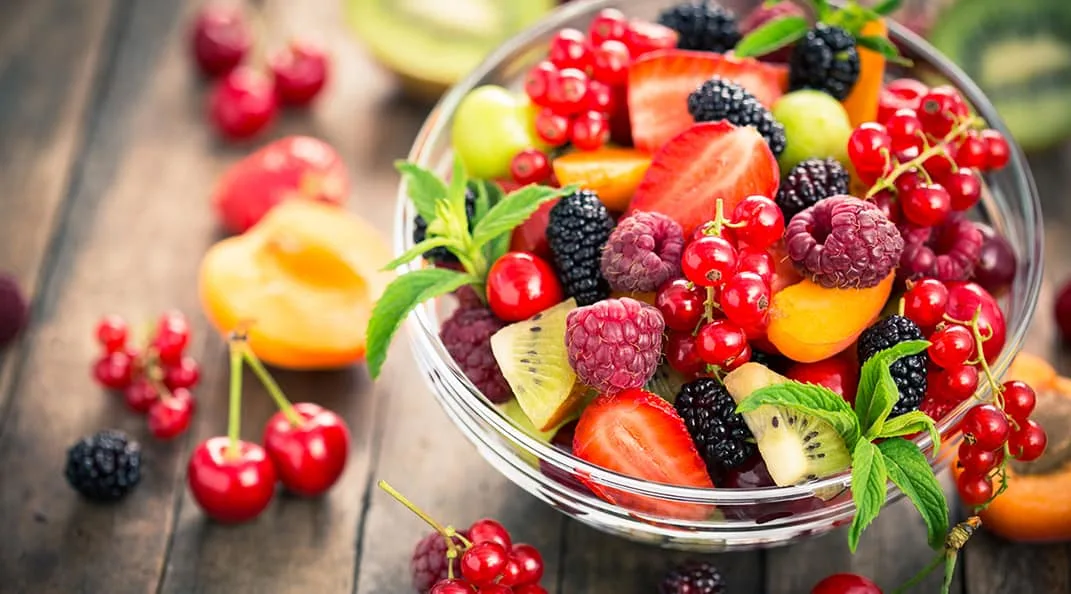
Fruit are delicious foods that heal while providing satisfaction. They can be consumed in many different forms; whether it’s as juice or cut up pieces, raw fruits make great snacks on their own but also delicious toppings.
- Fruits should sum up about 20% of your diet, eaten in it’s whole natural form.
- Consume sweet fruits in moderation (1 fruit/cup per day) when dealing with candida overgrowth.
- Smoothies are OK a long as you know what fruits are tolerated well by your body and which aren’t. Try anti-inflammatory smoothies with low-glycemic fruits and greens or recipes like these:
- No store bought fruit juices (they are loaded with sugar and stripped of their nutrients and fiber during processing).
- Limit or avoid store-bought dried fruits (they are preserved with sulfur dioxide and added sugar – problematic for people who suffer from allergies or sensitivities). Dry your own fruits or look for sugar free, unsulfured versions.
4. GRAINS
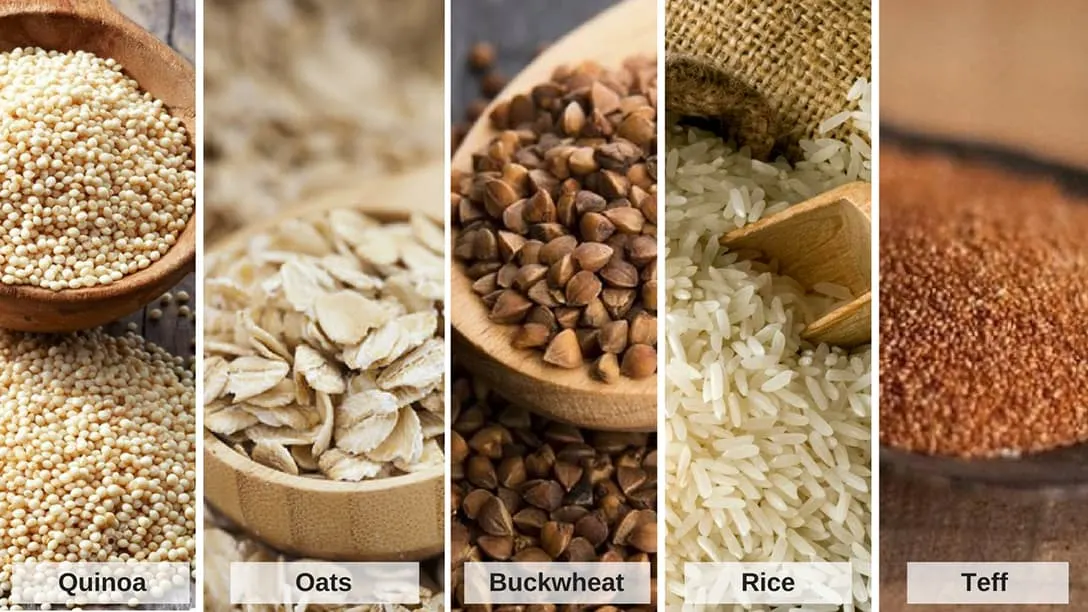
Opinions about grains in general are divided into two camps: vegans/vegetarians – eat a ton of grains and say they are healthy and have their place in an anti-inflammatory food list, and the opposing camp: Paleo, Whole30, and Atkins who completely avoid grains because they consider that they contribute to low-level inflammation and intestinal damage due to anti-nutrients.
Grain has been at the heart of humankind’s diet for thousands of years, but in the last few generations, wheat is making people sick. Coincidence or not this started with the extensive use of hybridized (or genetically modified) seeds, synthetic fertilizers and pesticides. And the final products are higher in gluten (than in the time of our grandparents) often bleached and chemically treated during processing.
Tips To consider When Eating Grains On Anti-inflammatory Diet:
- In case you have serious gut damage (leaky gut) and multiple allergies, then it’s best to avoid all grains for a while, especially wheat. And whenever you decide to switch to gluten free grains (like amaranth, brown and wild rice, buckwheat, millet, oats, quinoa, sorghum and teff) make sure they are minimally processed and organic.
- Choose whole-kernel grains (such as steel-cut oats instead of quick oats) and organically grown, ideally – sprouted (sprouting is a form of pre-digestion).
- Grains ideally should make up about 10-15% of your overall diet.
5. NUTS, SEEDS AND THEIR BUTTERS

Nuts and seeds are an excellent way to get your daily dose of anti-inflammatory foods, you can choose from: almonds, walnuts, hazelnuts, chestnuts, cashews, macadamia nuts, pecans, pine nuts, brazil nuts, pumpkin seeds, sunflower seeds, chia seeds, flax seeds, sesame seeds etc.
- Nuts and seeds should constitute about 5% of you diet, and consumed more like a condiment, to complement a flavor in a dish.
- The best way to consume nuts and seeds is in their shell (more nutrients).
- Soaking will remove the enzyme inhibitors and make them a lot easier to digest. You can also take a step further by sprouting them, reaching a higher concentration and bio-availability of nutrients.
- Eating a variety of nuts and seeds in rotation will help you to get a lot more nutrients.
- Choose raw organic nuts and seeds. Almost all of the nuts and seeds that are sold in stores these days, have been roasted, toasted or pasteurized in order to extend their shelf life. These heating processes usually reduce their nutritional value (minerals, enzymes).
- Avoid nuts packaged or roasted in vegetable oil and with added salt.
- Purchase from a store that sells a lot of nuts and that has a lot of turnover, so you are more likely to get fresh nuts.
- If you’re trying to supplement your diet with omega-3 fatty acids, walnuts are the best. Brazil nuts are a particularly good source of selenium and almonds – of calcium.
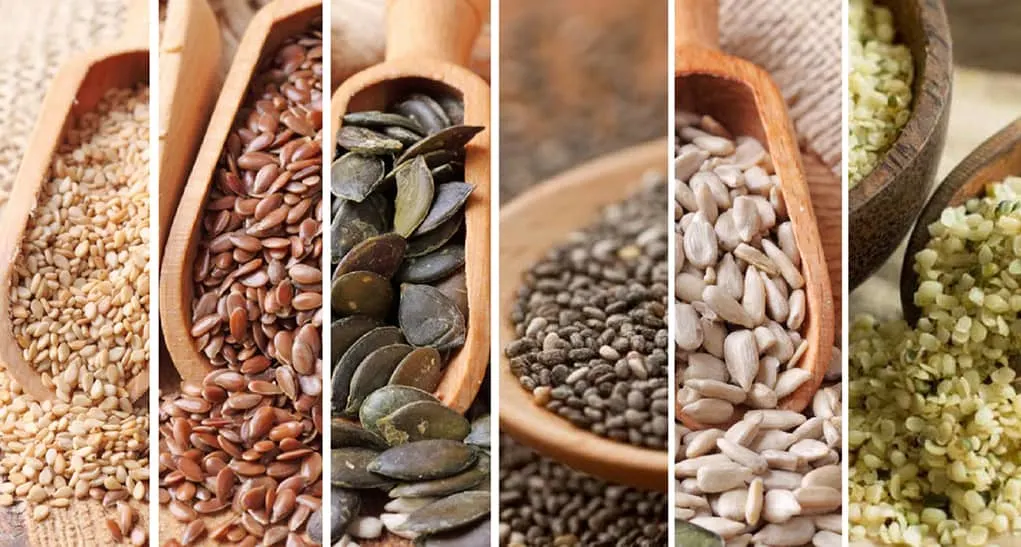
Nut And Seed Derived Products
- As for the nut and seed butters, when you buy them, look at the ingredients. Make sure that the only ingredient is whichever nut or seed that butter is supposed to be made of. For example tahini should contain only sesame seeds, almond butter-only almonds. If there is also sugar, salt, and other oils then avoid it. Some may contain emulsifiers in order to help with spread-ability and separation.
- If you have a high powered blender you can take your soaked nuts and seeds and use them to make plant milks such as almond milk, coconut milk, hemp milk, etc.
- Raw & sprouted nut butters can be expensive to buy at the store, so try online or make your own. My 6 year old really loves this pumpkin seed butter and sunflower seed butter.
Related: Hidden Ingredients In Store Bought (Non Dairy) Milk Alternatives
6. OILS & FAT
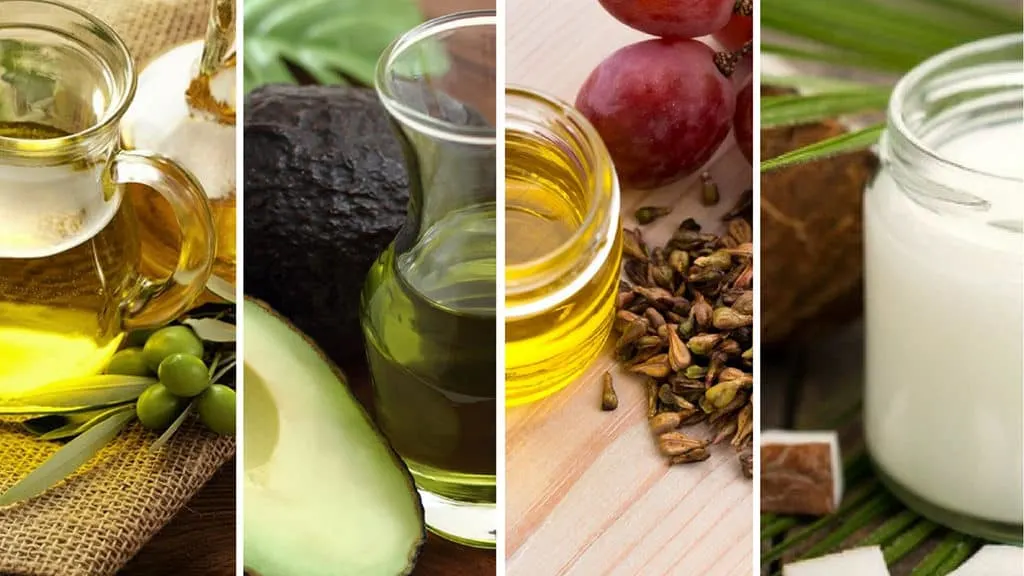
This category includes added oils in cooking or salads and it should constitute about 1% of your consumed foods – (1 to 2 table spoons of oil per day is enough). Oils in general should be used in very small quantities when we talk about adding them to the food, because most of them are inferior (in terms of nutrients) than the food it was extracted from. A great example is avocado and avocado oil.
Tips For Choosing The Best Anti-inflammatory Oils
- Healthy oils are unrefined, cold pressed, extra-virgin (minimally processed). They will retain their aroma, nutrients, and flavors. Avoid: “pure olive oil,” “light olive oil,” or simple “olive oil” labels.
- Oils are best within a year of pressing (on average) after that point they become more harmful than healthy. The problem is most commercial oils are quickly oxidized, creating rancidity. This affects the human body by forming free radicals and depleting certain B vitamins.
- Avoid all oil sprays, they use a gas propellant (butane, propane and/or nitrogen) to create a fine mist. Emulsifiers, such as soy lecithin, are used to keep the oil mixture in liquid form.
- For sautéing, baking, and stir-frying is best to use oils that can withstand high heat, like grapeseed oil, avocado or coconut oil.
- Seed oil (like flax or hemp) and nut oils shouldn’t be heated – they will loose their benefits and become toxic, they are best used in cold salads. The same is true for extra virgin olive oil.
- Make sure the brand that you are getting is sourced directly from producing countries.
- Beware of highly processed fake fats like: margarine, shortening, I Can’t Believe Its Not Butter, Smart Balance – they are full of genetically modified ingredients, artificial flavors and preservatives.
- Try to avoid commercial vegetable oils like soybean, corn or canola, most of them are extracted from genetically engineered plants (they are cheaper) with the help of chemicals. When heated these oils produce oxidized cholesterol, creating chronic inflammation.
7. MEAT, EGGS, FISH AND DAIRY PRODUCTS
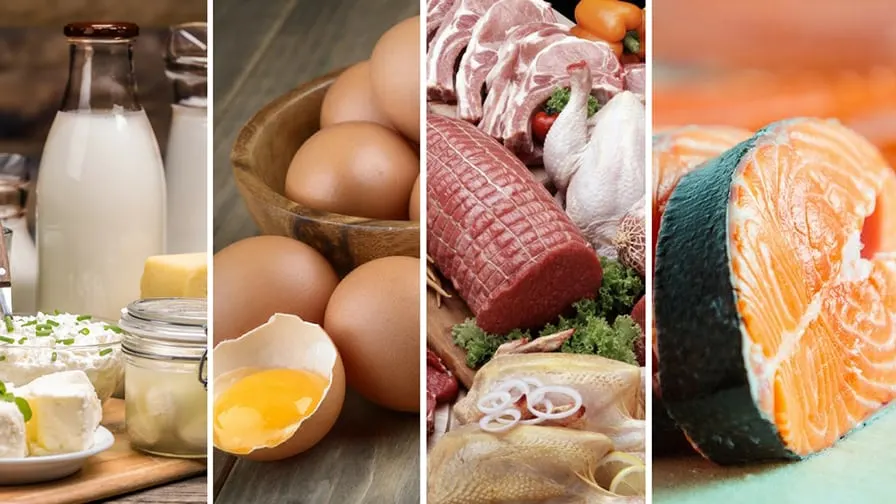
Animal food in general is difficult to digest and acid forming and if you have a weak gastrointestinal tract, low stomach acid, bad flora, a weak pancreas and liver than you may want to consume less of it, somewhere around 3% of your overall diet. Avoiding them entirely for a while will speed up the healing process.
Tips For Consuming Meat
- Choose grass fed, pasture raised, organic meat and eggs over conventional.
- Consume low mercury wild fish, smaller fish (like sardines, or mackerel). Choose wild over farmed fish (raised with chemicals and fed with drugs in order to control parasitic infestations). More information about this you can read here.
- If you are more susceptible to getting ill from parasites, cut off fish/meat for a while, or cook it at a higher temperature.
- Opt for fermented dairy products (like yogurt and kefir, ideally homemade without added sugar and flavors) if you are consuming any. These have beneficial enzymes, vitamins, minerals, omega-3 fatty acids, and probiotics.
Today’s milk is a processed food. Pasteurization destroys beneficial bacteria (along with the bad ones), enzymes – essential for nutrient absorption. This is probably the reason why so many cannot tolerate and digest dairy anymore. The immune system cannot recognize it and is attacking undigested protein by provoking a defense at worst (allergy) and a sewage sludge at best (mucous).
Related: 14 Habits To Improve Immune System Against Allergies
8. HERBS, SPICES AND OTHER CONDIMENT FOOD
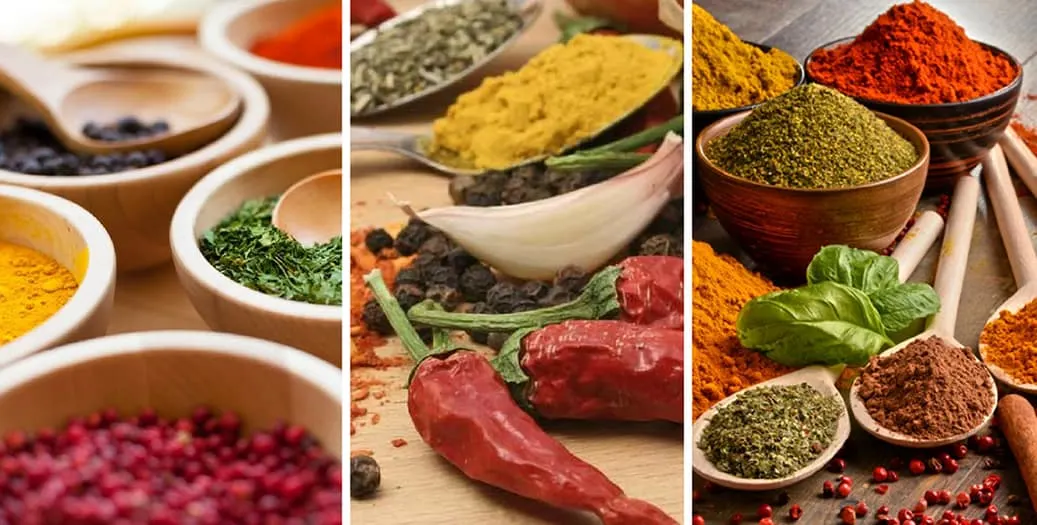
- Avoid pre-made mixes and seasoning packages, bullion cubes and powders, ketchup and mayonnaise – they are usually highly processed made with additives, fillers, flavors and artificial and allergenic ingredients.
- Buy organic, without anti-caking agents, and non irradiated.
- A large number of seasoning blends on the market today contain monosodium glutamate (MSG), various chemical additives or byproducts of processing that may cause inflammation and cell damage.
- Create your own healthy spice blends at home, purchase organic, dried herbs and spices in bulk in mix them as you like.
- Buy whole garlic, ginger, turmeric, cinnamon, coriander, cumin, herbs. Use them fresh or simply dehydrate the onions, garlic cloves, chili peppers crush them yourself to a desired consistency, and store in glass seasoning jars.
- Table salt is highly refined and processed with anti-caking agents such as calcium silicate and other additives. Choose healthier options: pure sea salt – Celtic sea salt or Himalyan pink salt, both rich in trace minerals and lower in sodium. Good quality salt can help balance electrolytes, balance the body’s pH level, support nutrient absorption, and eliminate toxins.
Related: Immune Boosting Tonic (Ginger Lemon Garlic Honey)
9. CANNED FOODS
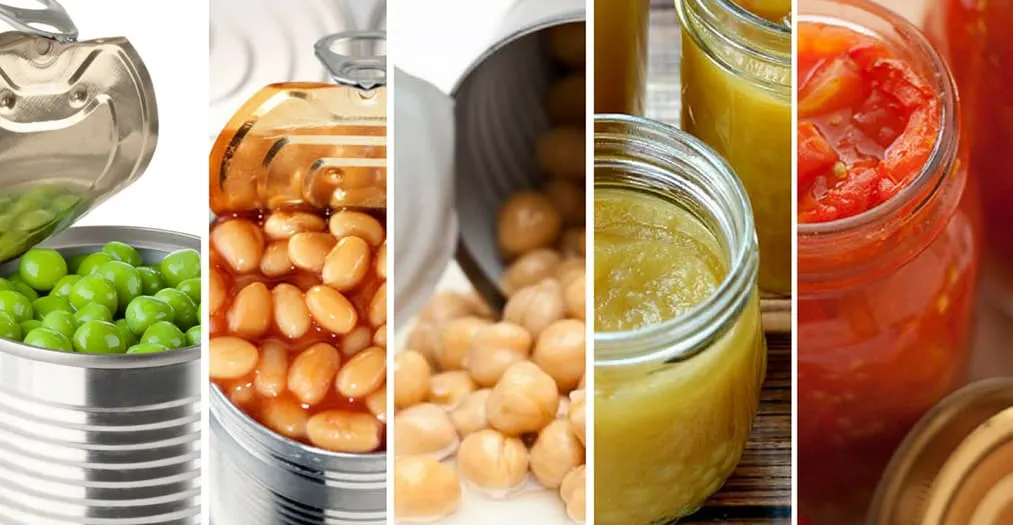
If you are going to consume any processed or prepackaged foods at all, good options are things like organic canned beans or tomatoes (BPA free) that contain only water and sea salt nothing else, or with very minimal ingredients in general.
When buying foods like olives, vinegar, nut butters, apple sauce, honey, maple syrup, choose glass over plastic, you can keep your jars and reuse them to store leftovers. Why? Because most plastic products can release chemicals that act like the hormone estrogen causing serious hormonal imbalances.
Inflammatory Foods To Avoid
There are several foods that you should avoid if your goal is to reduce inflammation in the body. This category includes all processed foods and frozen dinners, pre-made mixtures and packaged foods (including gluten-free / vegan labels), like:
- Chips, crackers, granola, cookies, pastries, cake mixes, breakfast cereals, powdered milk, ice cream and other frozen desserts.
- Pizza, vegan margarine and butters, puffed rice, bagged popcorn and other snacks.
- Deli meat, chicken nuggets, hot dogs, burgers, sausage, pepperoni etc.
- Salad dressing, pre-made condiments, canned soups, canned fruit, ketchup, mustard, BBQ sauce, etc.
- Muffins, bagels, bread sticks, pita bread, croutons, pasta, noodles, pie crust mixes & fillings.
- White table salt, baking powder, gelatins, white sugar, corn syrup, rice syrup, agave syrup, pudding, pasteurized honey, marshmallows.
- Low-fat, low-carb products, they are usually more processed than regular ones.
If food is canned, jarred, bagged, or boxed with a long list of ingredients on the label, including many you can’t even pronounce, don’t even consider buying it.
Bottom Line
Our greatest health problems relate to overeating low-quality foods. These lead to chronic illnesses like cancer, obesity, diabetes, and heart disease and they don’t appear overnight, they slowly develop over a lifetime compounded by lifestyle choices. Adding an occasional salad to your diet is not going to fix it. The solution involves looking holistically to our diet and lifestyle behaviors, including exercise habits too if desired (and sometimes needed).
It’s so important for everyone who has access or desire for better nutrition habits to educate themselves about what really goes into their foods before eating them!
If you are interested in learning more, this book is an extra guidance that could help you figure out how to eat real food again and avoid processed, chemical-based garbage that makes everyone overweight and sick.
Keep reading: Meal Prepping Vegetables: How to Keep Veggies Fresh Longer
Grab You Anti-inflammatory food List Below
Healthy Breakfast Recipes
Healthy Lunch & Dinner Recipes
Disclaimer: The information, including but not limited to, text, graphics, images and other material contained on this website are for informational purposes only and should not be considered to be a specific diagnosis or treatment plan for any individual situation. Seek the direct advice of your own doctor if you have any questions or issues. Please refer to my full disclaimer for more info.

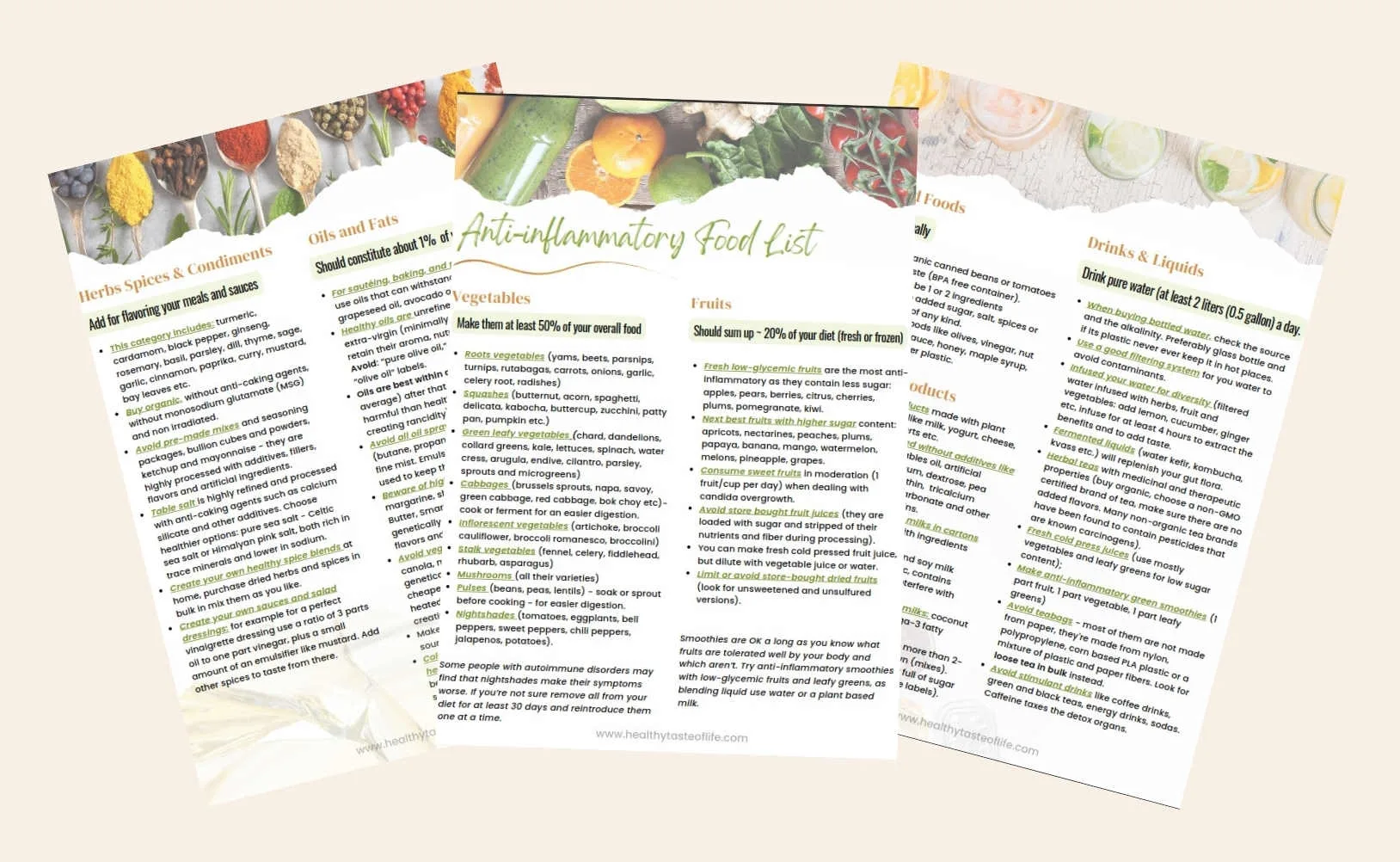
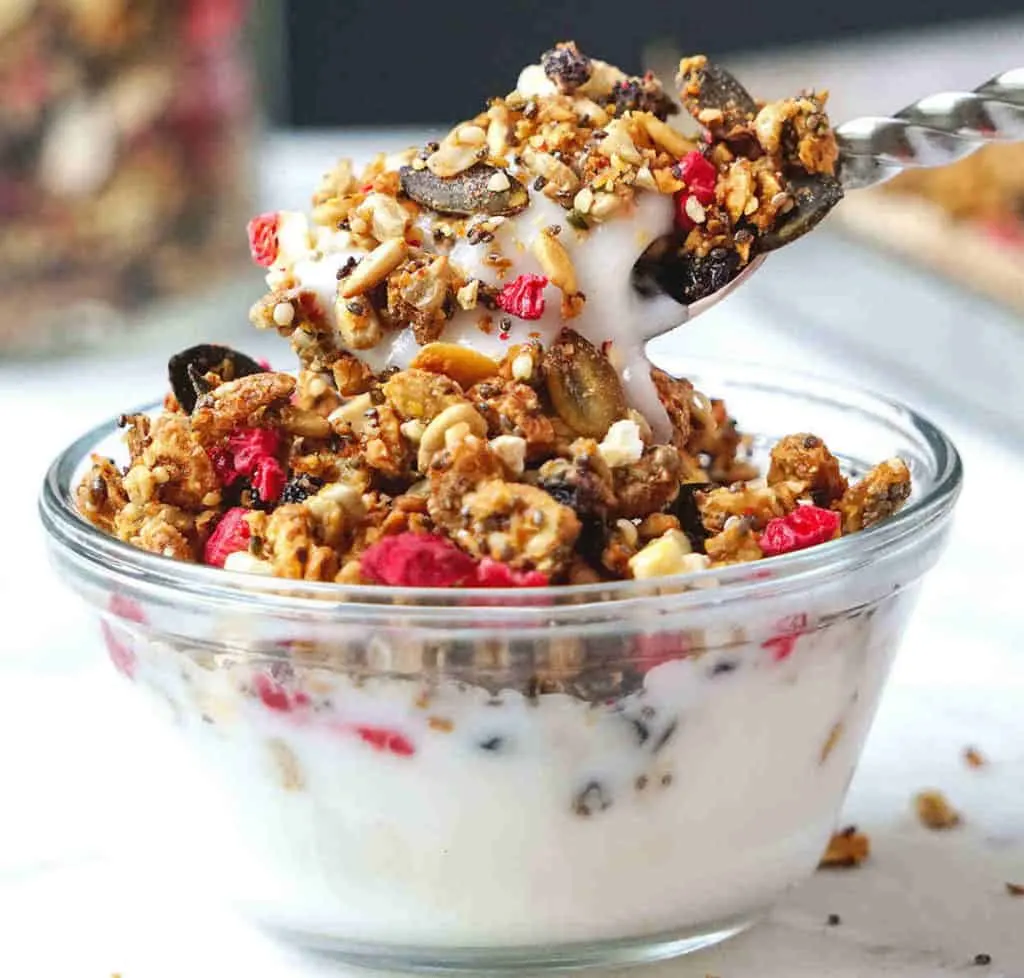
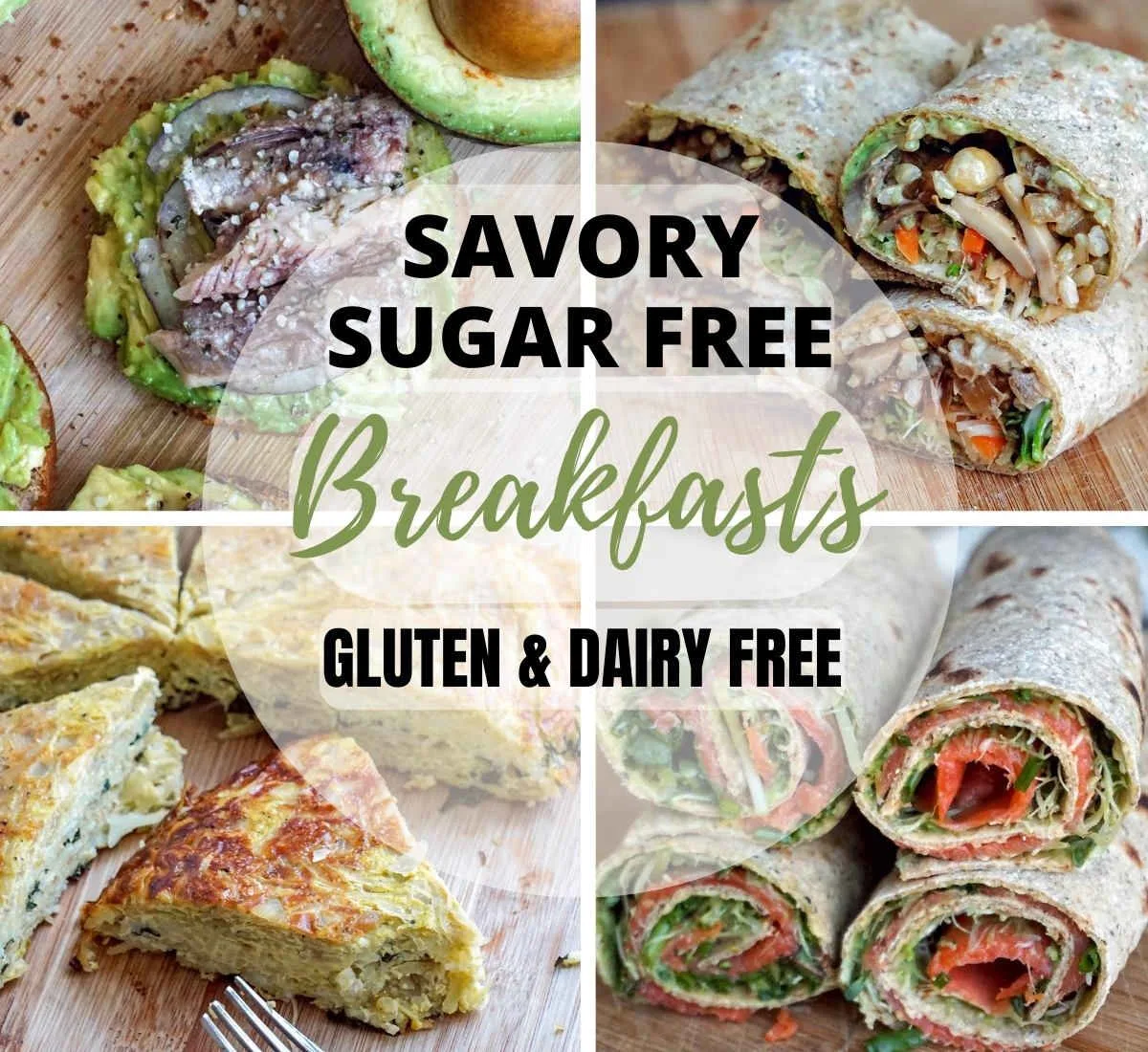
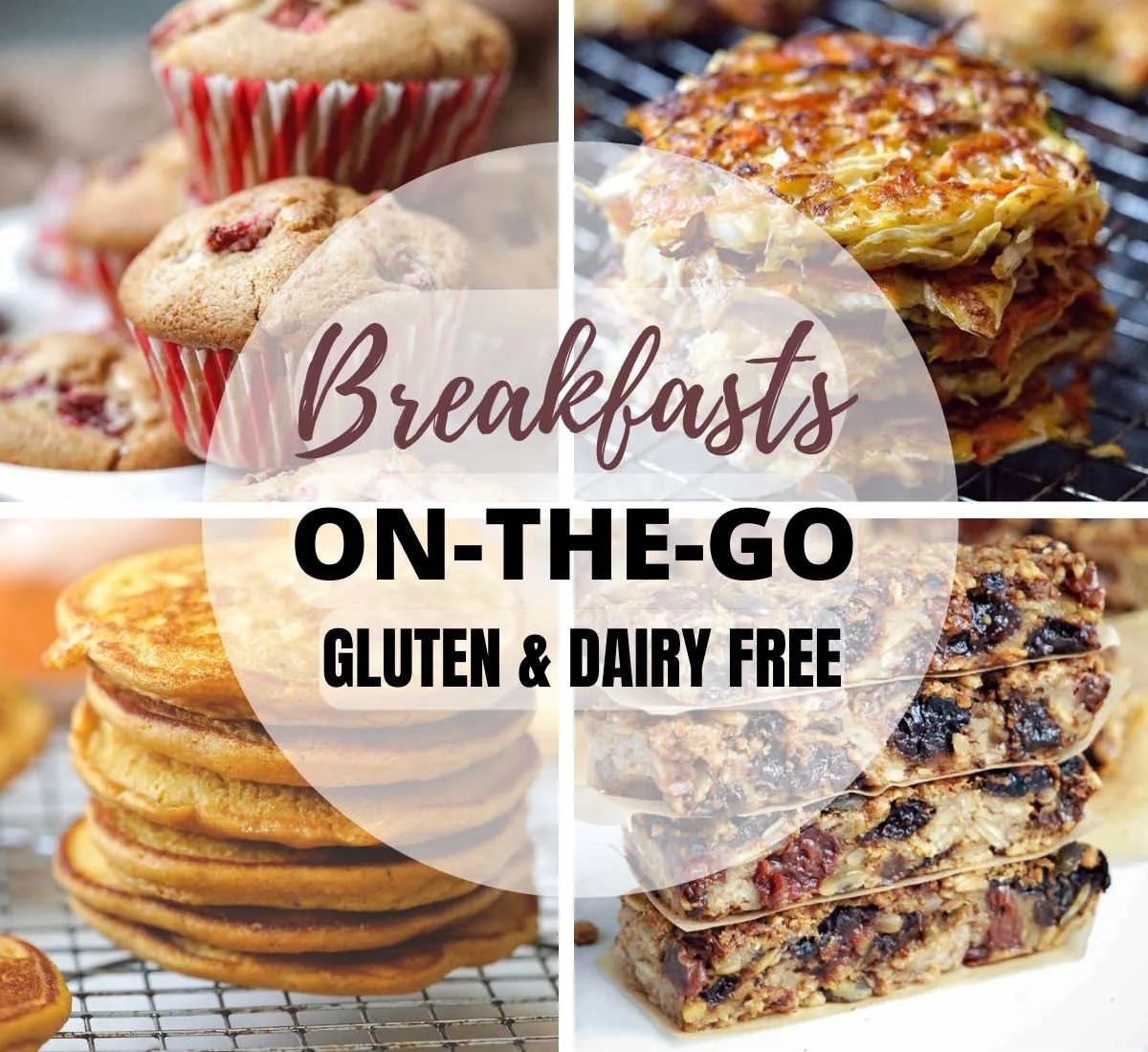
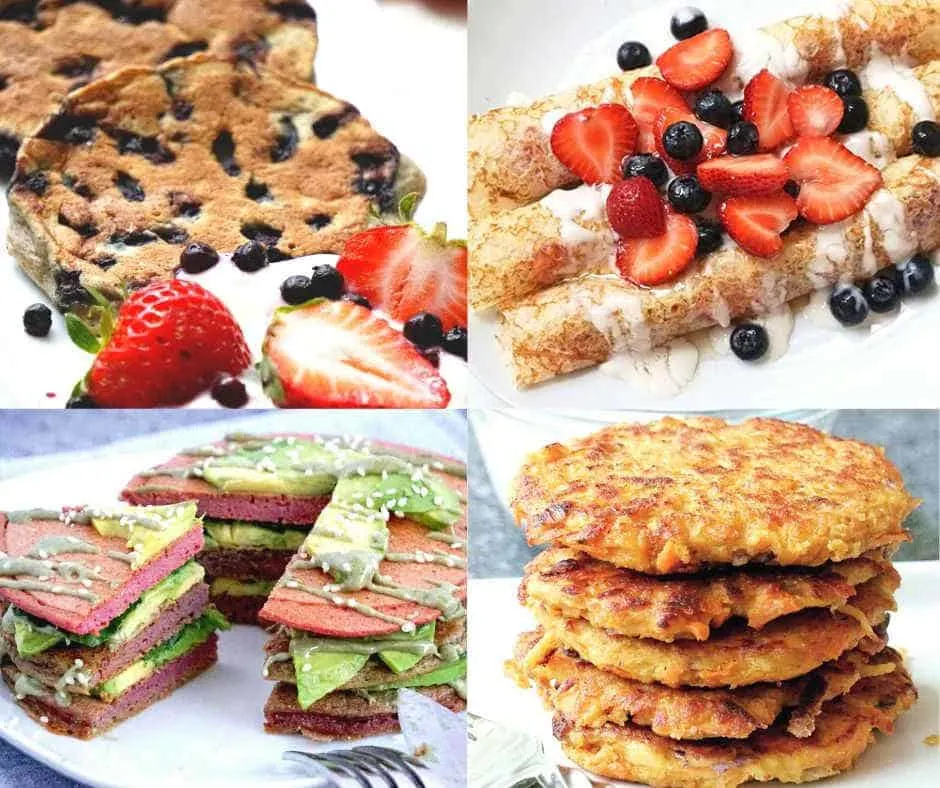
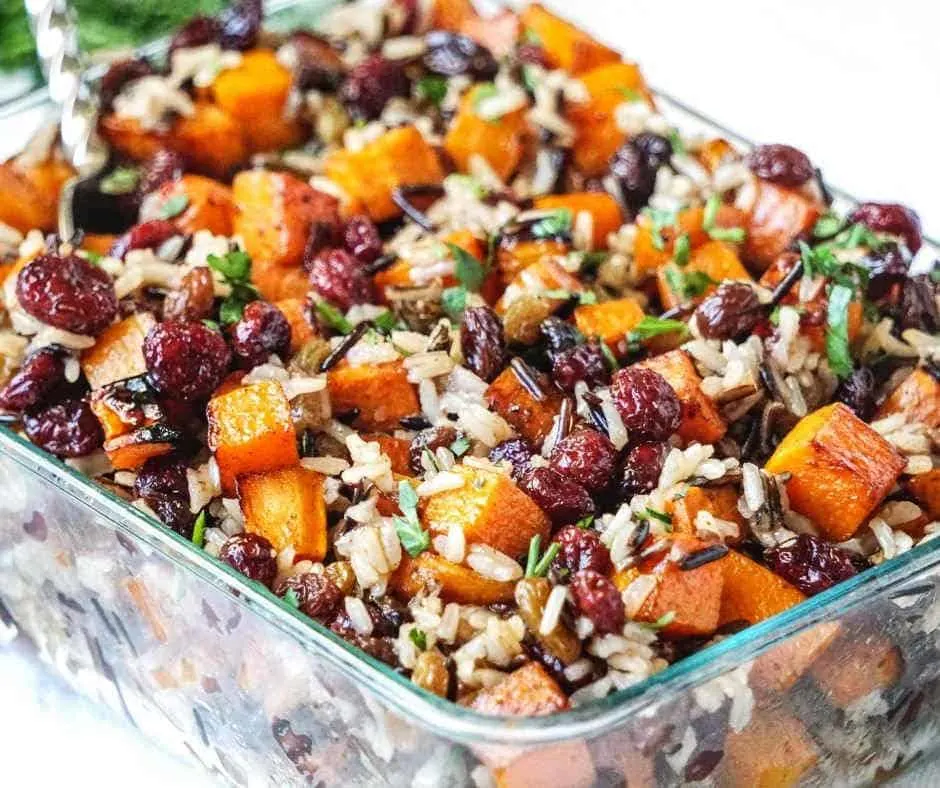

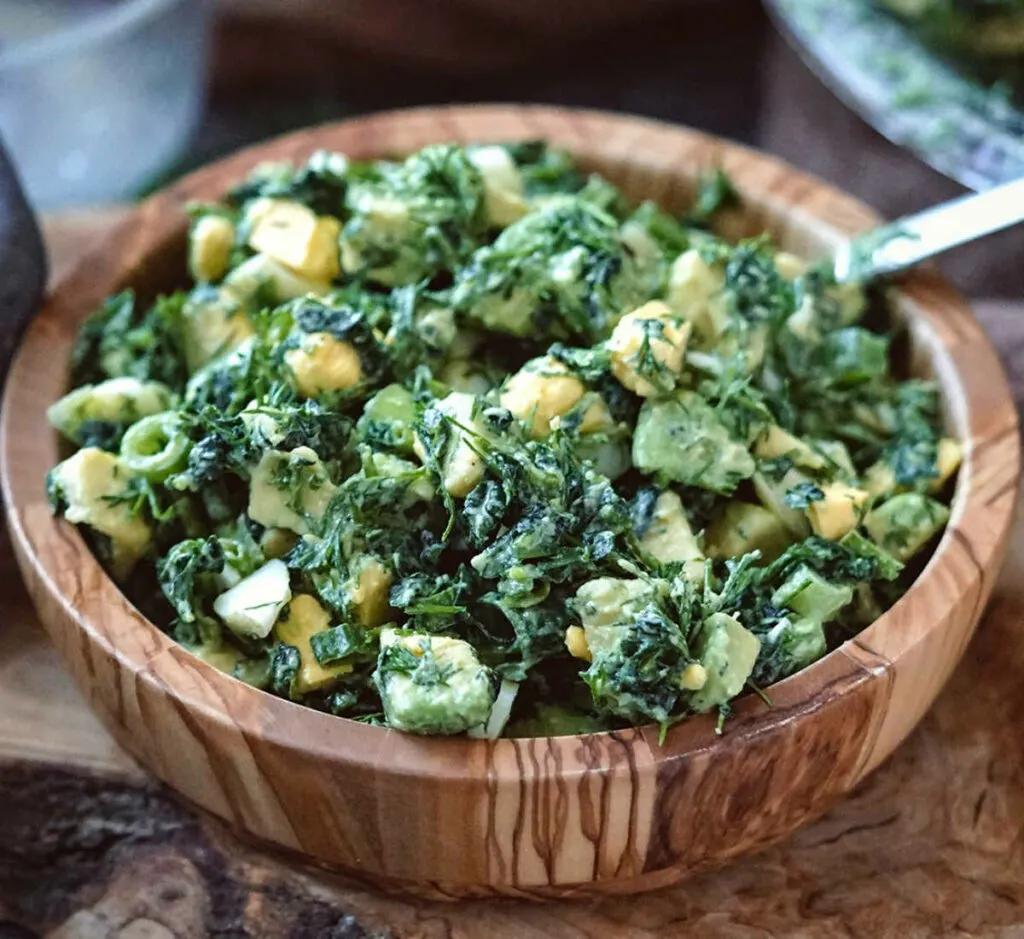
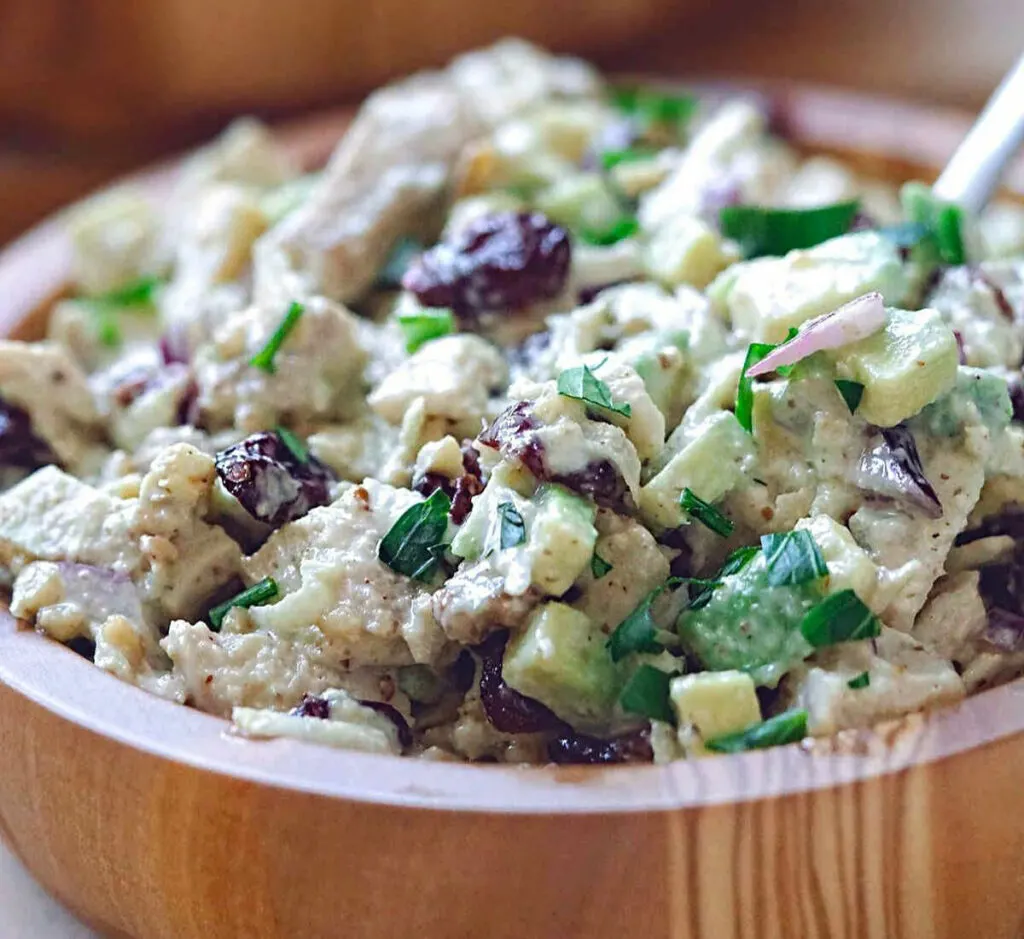
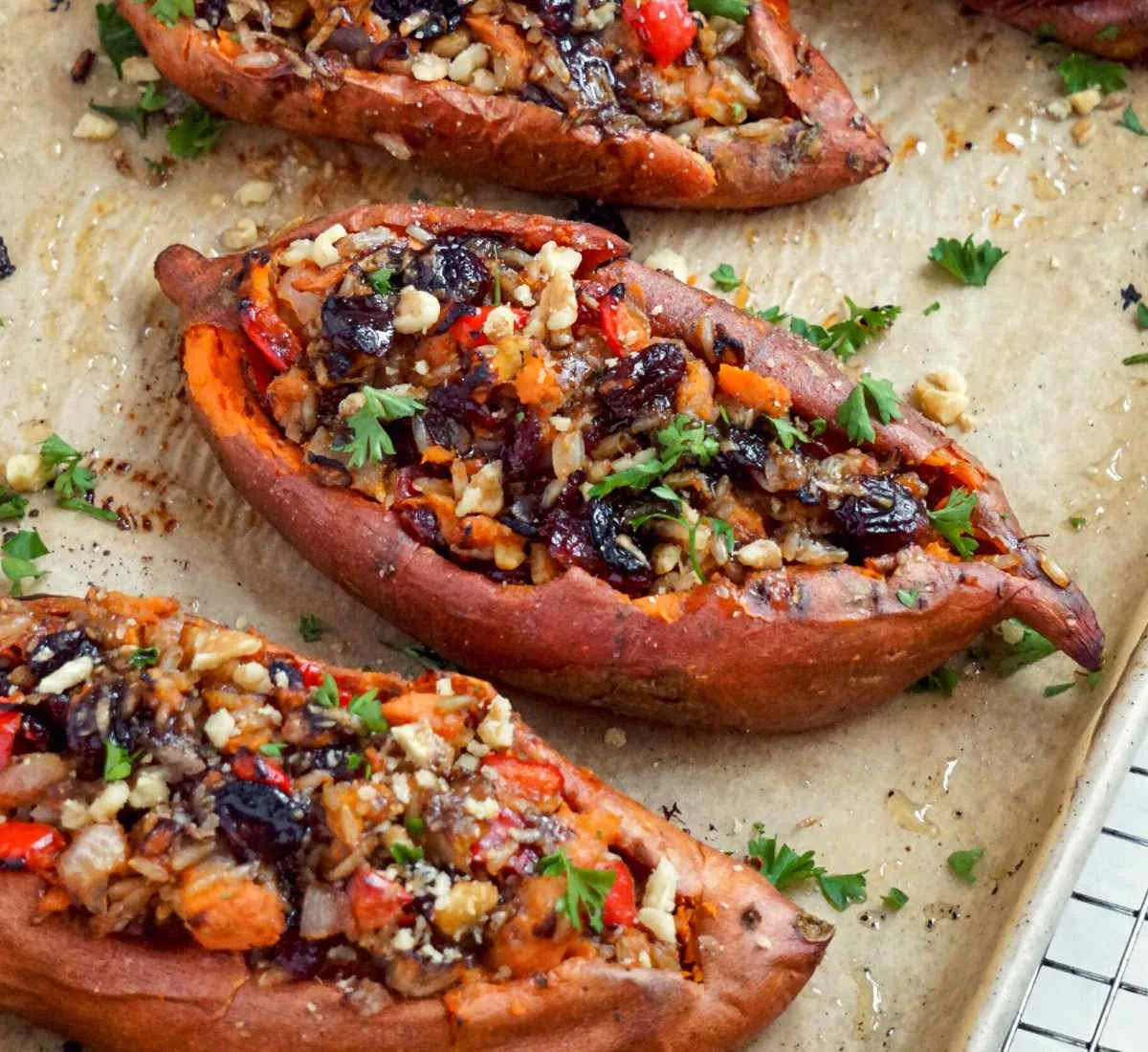



Karin
Sunday 13th of June 2021
Great information. You have a wealth of information on your site! Just beautiful, thank you so much for all of your hard work and for sharing with others.
HealthyTasteOfLife
Tuesday 15th of June 2021
Thank you Karin, I hope the info helps a lot of people!
Lulu
Sunday 28th of March 2021
I'm sorting out my health now and this information is very useful to me. Thank you !
HealthyTasteOfLife
Thursday 1st of April 2021
I'm really glad you found this info useful! You're on the right path, the hardest thing is to get started :)
next internet page
Monday 6th of January 2020
Keep functioning ,remarkable job!
Marry
Tuesday 15th of May 2018
Wow...this is a pretty detailed guide of what to eat and what to avoid, I'm glad I stumbled upon this information!
HealthyTaste
Sunday 20th of May 2018
I hope it comes in handy!